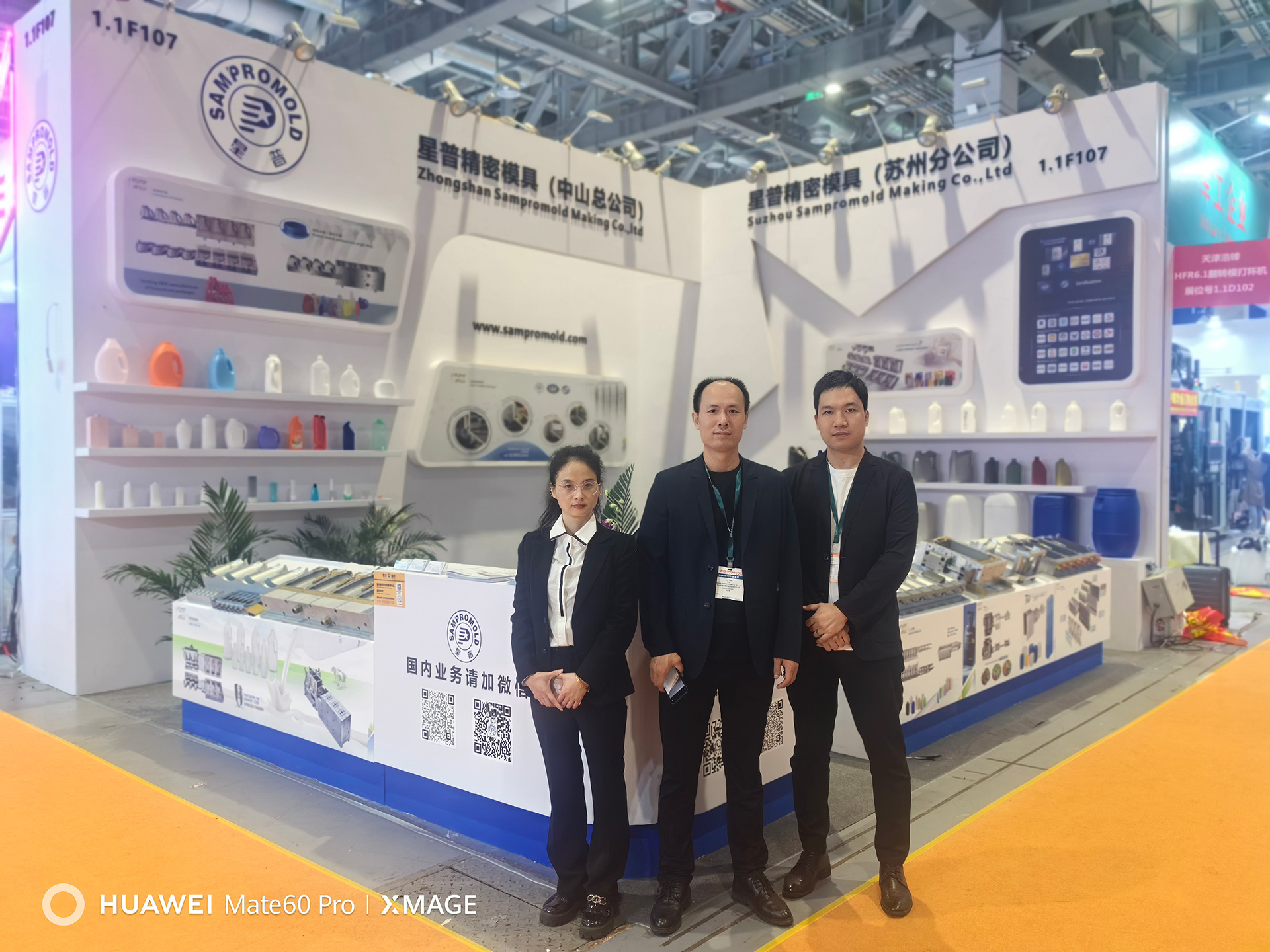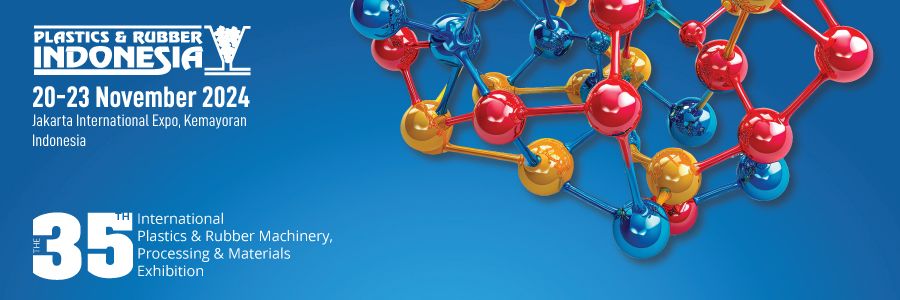Boosting Production Efficiency with Quality Foam Injection Molds
Time:
2025-07-04
Boosting Production Efficiency with Quality Foam Injection Molds
Introduction to Foam Injection Molding
In today’s competitive manufacturing landscape, the quest for efficiency and cost-effectiveness drives innovation and technology adoption. **Foam injection molding** stands at the forefront of this evolution, offering manufacturers a unique approach to creating lightweight, durable products while optimizing production processes. This article discusses the significant role of quality foam injection molds in enhancing production efficiency, addressing their applications, advantages, and the best practices for implementation.
Understanding Foam Injection Molding
Foam injection molding is a specialized technique used to produce **foamed plastic products**. It involves injecting a polymer melt, combined with a blowing agent, into a mold where the material expands and solidifies, creating a lightweight and often insulative structure. This process differs from traditional injection molding, offering unique benefits that can significantly boost production efficiency.
The Science Behind Foam Injection Molding
At the core of foam injection molding lies the interplay between heat, pressure, and the chemical properties of the materials used. Here’s a simplified breakdown of the process:
1. **Material Preparation**: The polymer resin is combined with a blowing agent that allows gas to form bubbles within the material.
2. **Injection**: The mixture is injected into a closed mold under controlled temperature and pressure conditions.
3. **Expansion**: As the material cools, the gas expands, forming a cellular structure that reduces the overall weight of the final product.
4. **Cooling and Ejection**: Once the product has sufficiently cooled, it is ejected from the mold, ready for further processing or direct use.
Key Components of Quality Foam Injection Molds
To fully realize the advantages of foam injection molding, it is crucial to focus on the design and manufacturing quality of the molds themselves. Key components include:
- **Material Selection**: High-grade steel or aluminum alloys are often utilized for their durability and thermal conductivity.
- **Precision Engineering**: Molds should be engineered with precision to ensure consistent output and minimize defects.
- **Surface Treatment**: Protective coatings can enhance the mold's longevity and reduce maintenance costs.
Advantages of Using Quality Foam Injection Molds
Several compelling benefits come from employing quality foam injection molds in manufacturing processes.
Enhanced Production Efficiency
Foam injection molds can significantly reduce cycle times compared to traditional methods, allowing manufacturers to produce more parts in less time. The lightweight nature of foamed products also means less energy consumption during shipping and handling.
Cost-Effectiveness
By reducing material usage and waste, foam injection molding can lead to substantial cost savings. The ability to produce lightweight products minimizes shipping costs and enhances the overall value proposition.
Improved Product Quality
Quality foam injection molds produce consistent, high-quality parts with superior dimensional accuracy and surface finish. This results in fewer defects and a lower rate of returns in the production line.
Versatility in Applications
Foam injection molds are versatile and can be used in various industries, including automotive, consumer goods, and packaging. This adaptability makes them a valuable asset for manufacturers looking to diversify their product lines.
Applications of Foam Injection Molding
The applications for foam injection molding are vast, catering to various production needs and industries.
Automotive Industry
In the automotive sector, foam injection molds are used to manufacture lightweight components, such as interior panels, dashboards, and sound insulation materials. These parts not only reduce vehicle weight but also enhance comfort and safety.
Consumer Products
Foam injection molding is prevalent in producing household goods, toys, and electronics. The lightweight nature of these products appeals to consumers seeking convenience and portability.
Packaging Solutions
Foam injection molds play a crucial role in creating protective packaging materials. They provide cushioning and insulation for fragile items during transit, ensuring product safety and reducing breakage.
Best Practices for Implementing Foam Injection Molds
To maximize the benefits of foam injection molds, manufacturers should adhere to certain best practices.
Invest in Quality Mold Design
Investing in high-quality mold design is crucial. Partnering with experienced engineers who specialize in foam injection molding can yield significant dividends in terms of efficiency and productivity.
Optimize Process Parameters
Fine-tuning process parameters, such as injection speed, temperature, and pressure, can lead to improved product consistency and reduced cycle times. Regular monitoring and adjustments ensure optimal performance.
Maintain Regular Mold Maintenance
Routine maintenance of molds prevents wear and tear, prolonging their lifespan and ensuring consistent production quality. Cleaning and inspection should be standard practices to avoid costly downtime.
Train Your Workforce
Investing in training for employees who operate and maintain foam injection molding machines is essential. A skilled workforce can identify issues early, reducing the risk of defects and improving overall efficiency.
The Future of Foam Injection Molding
As technology advances, so does the potential for foam injection molding. Innovations such as **smart manufacturing** and **automation** are paving the way for even greater efficiencies, allowing manufacturers to respond rapidly to market demands and consumer preferences.
Emerging Technologies in Foam Injection Molding
Developments in materials science and robotics enhance the capabilities of foam injection molding. For example, bio-based polymers are emerging as sustainable alternatives to traditional plastics, aligning with global eco-friendly initiatives.
Sustainability Considerations
With increasing awareness around sustainability, manufacturers are focusing on eco-friendly practices. Utilizing recycled materials in foam injection molding processes not only helps reduce environmental impact but also caters to the growing consumer demand for sustainable products.
FAQs About Foam Injection Molding
What is foam injection molding?
Foam injection molding is a manufacturing process that combines a polymer resin with a blowing agent to create lightweight, foamed products through injection into a mold.
What are the benefits of using quality foam injection molds?
Quality foam injection molds enhance production efficiency, reduce costs, improve product quality, and offer versatility across various applications.
What materials can be used for foam injection molding?
Common materials used in foam injection molding include polypropylene, polystyrene, and polyurethane, often combined with blowing agents to create foam.
How does foam injection molding differ from traditional injection molding?
While both processes involve injecting material into molds, foam injection molding incorporates a blowing agent, resulting in a lighter and often more insulative final product.
What industries benefit from foam injection molding?
Foam injection molding is widely used in industries such as automotive, consumer goods, packaging, and electronics, among others.
Conclusion
Embracing quality foam injection molds can dramatically enhance production efficiency across various manufacturing sectors. By understanding the process, investing in superior mold design, and adhering to best practices, manufacturers can not only improve their output but also deliver high-quality products that meet market demands. As the industry continues to evolve with emerging technologies and sustainability initiatives, the future of foam injection molding looks promising, ensuring its place as a crucial component in modern manufacturing.
RELATED NEWS












